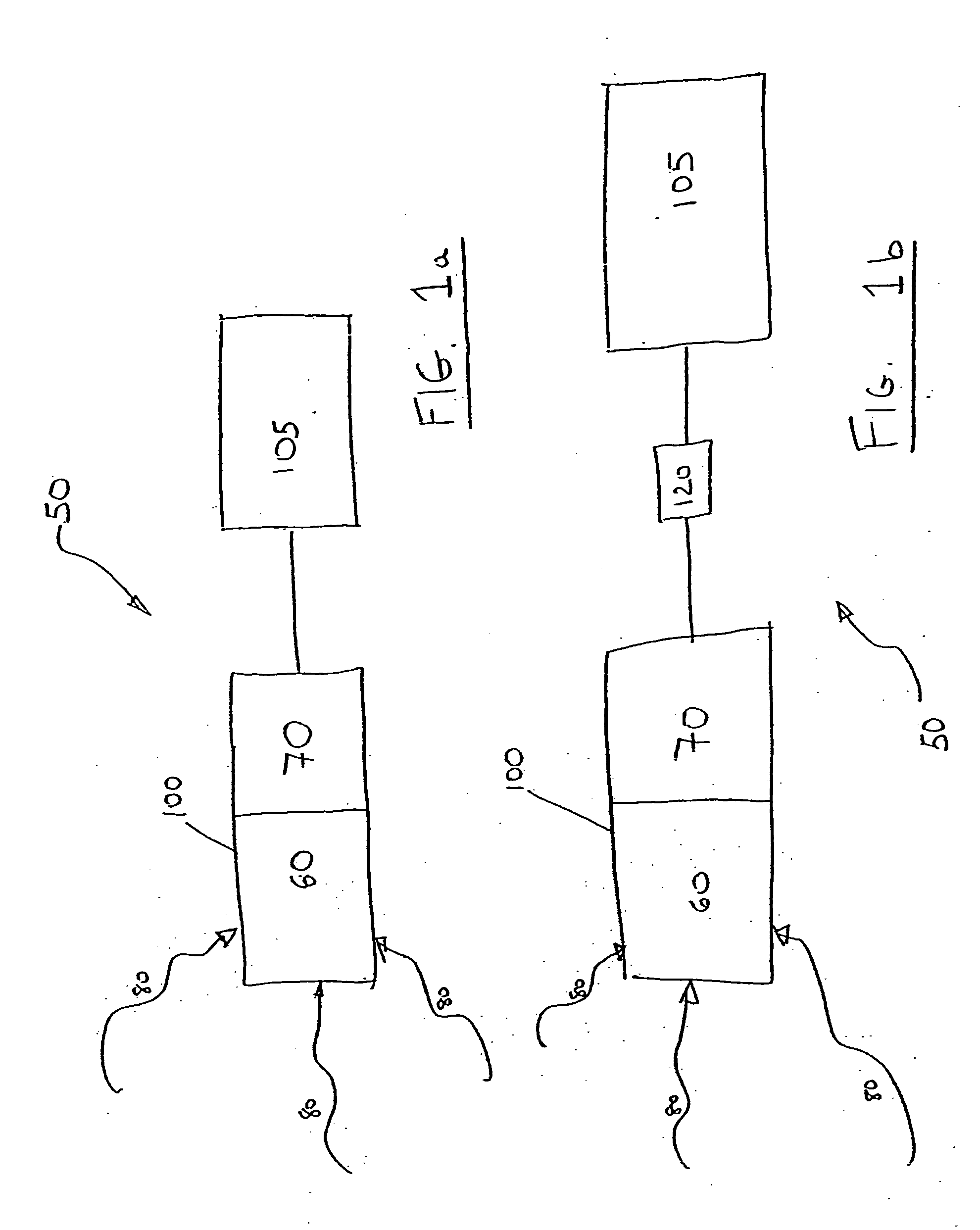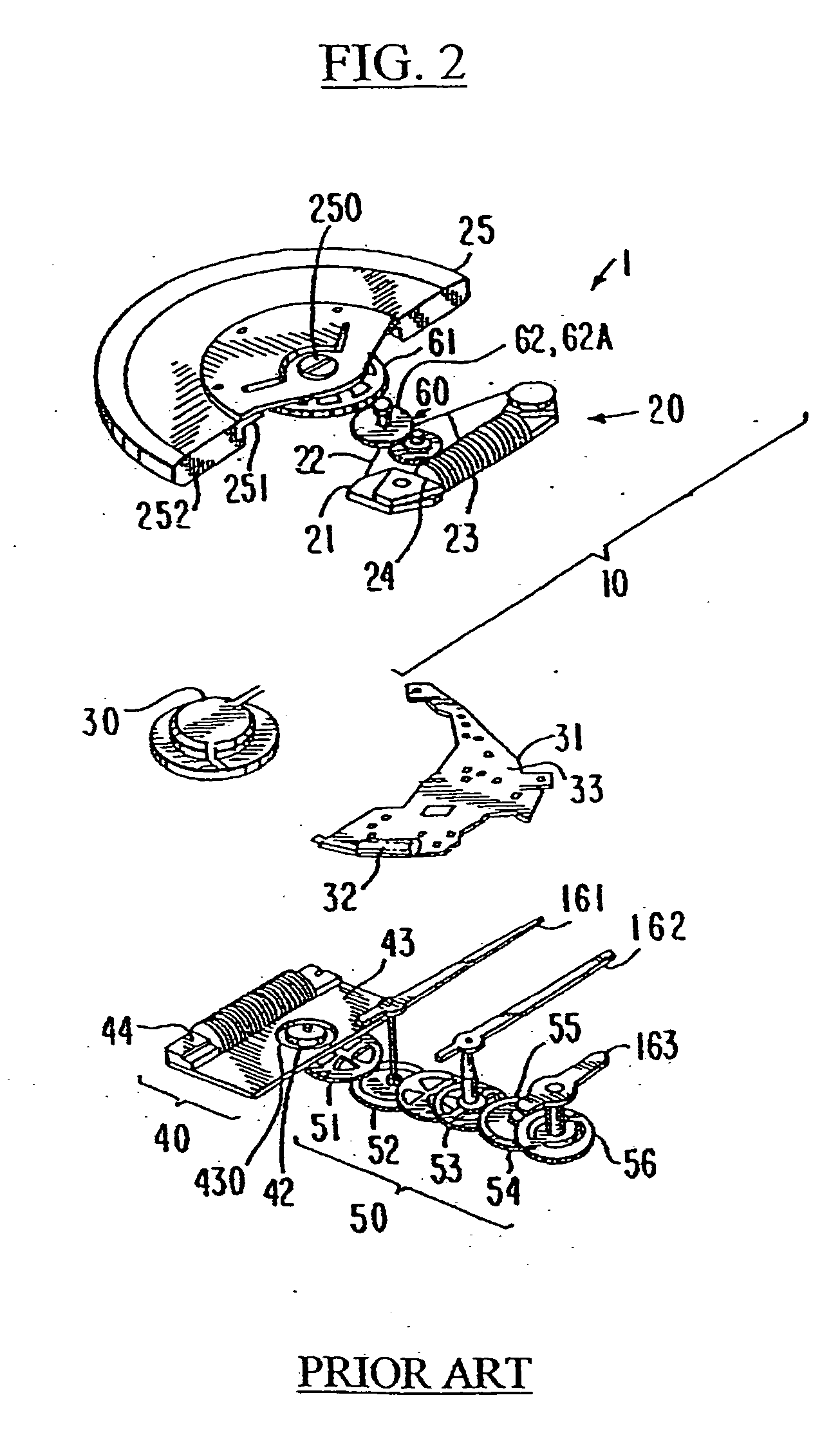Micro-generator implant
a micro-generator and implant technology, applied in the field of internal energy sources, can solve the problems of increased implant size, increased risk, discomfort, etc., and achieve the effect of reducing risk and discomfort to patients, reducing the overall size of the implanted device, and reducing the size of the internal components
- Summary
- Abstract
- Description
- Claims
- Application Information
AI Technical Summary
Benefits of technology
Problems solved by technology
Method used
Image
Examples
Embodiment Construction
[0111] The present invention is a micro-generator implant for providing power within a living body.
[0112] The principles and operation of the micro-generator implant according to the present invention may be better understood with reference to the drawings and the accompanying description.
[0113] Before explaining at least one embodiment of the invention in detail, it is to be understood that the invention is not limited in its application to the details of construction and the arrangement of the components set forth in the following description or illustrated in the drawing. The invention is capable of other embodiments or of being practiced or carried out in various ways. Also, it is to be understood that the phraseology and terminology employed herein is for the purpose of description and should not be regarded as limiting.
[0114] One aspect of the present invention is represented as a block diagram in FIG. 1a. In the internal power system 50, internal body tissue motion 80 is h...
PUM
 Login to View More
Login to View More Abstract
Description
Claims
Application Information
 Login to View More
Login to View More - R&D
- Intellectual Property
- Life Sciences
- Materials
- Tech Scout
- Unparalleled Data Quality
- Higher Quality Content
- 60% Fewer Hallucinations
Browse by: Latest US Patents, China's latest patents, Technical Efficacy Thesaurus, Application Domain, Technology Topic, Popular Technical Reports.
© 2025 PatSnap. All rights reserved.Legal|Privacy policy|Modern Slavery Act Transparency Statement|Sitemap|About US| Contact US: help@patsnap.com



